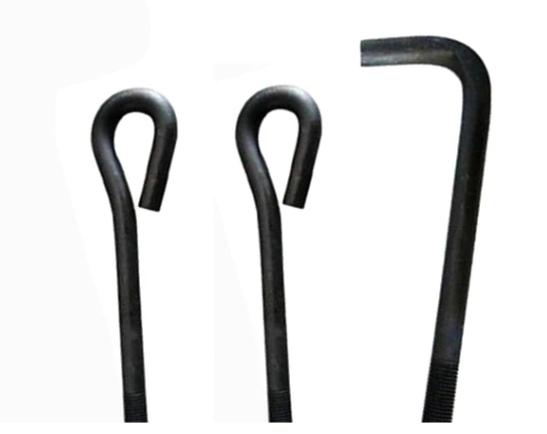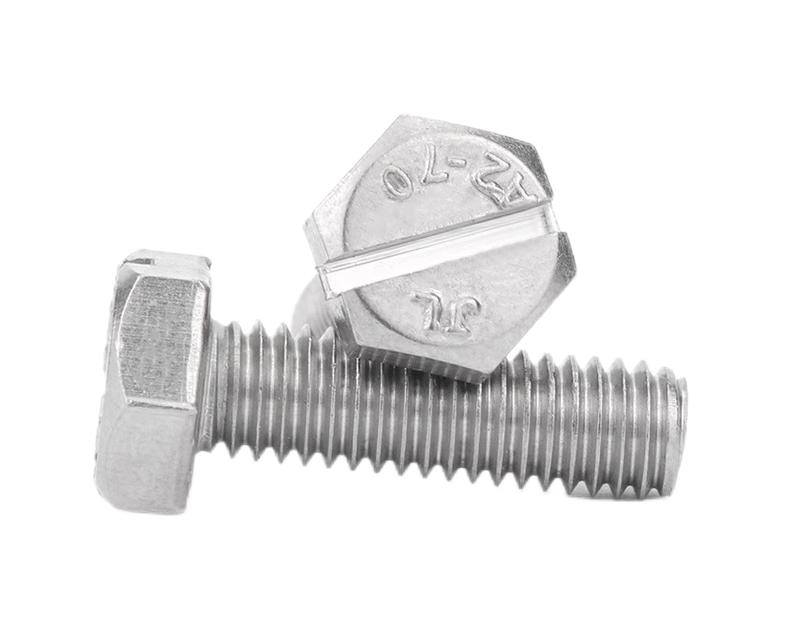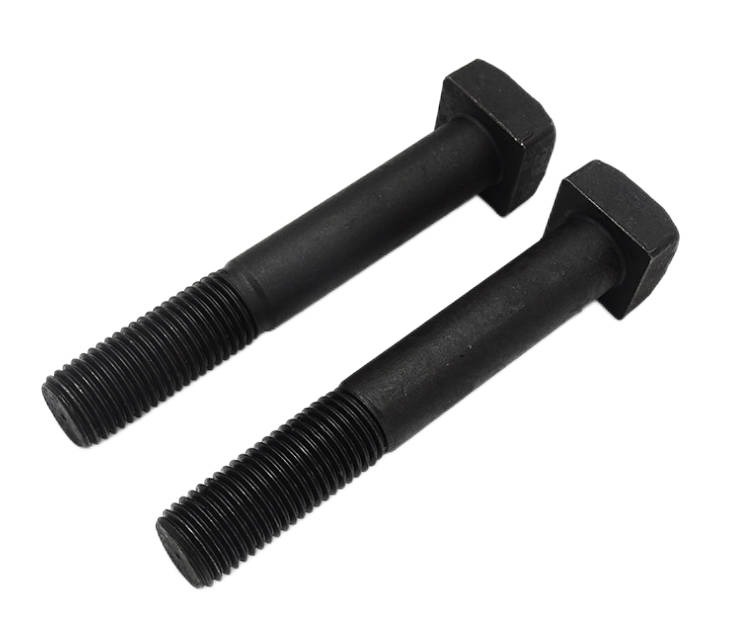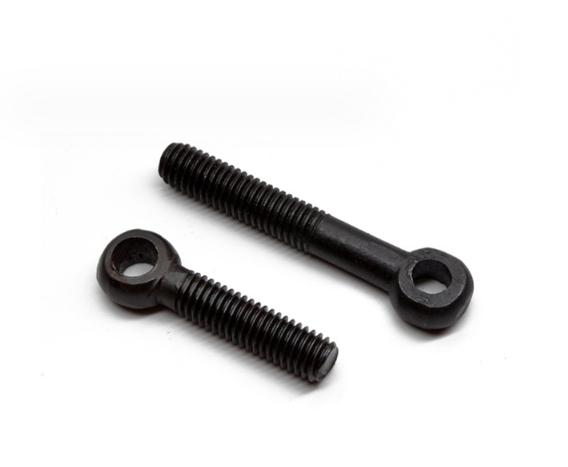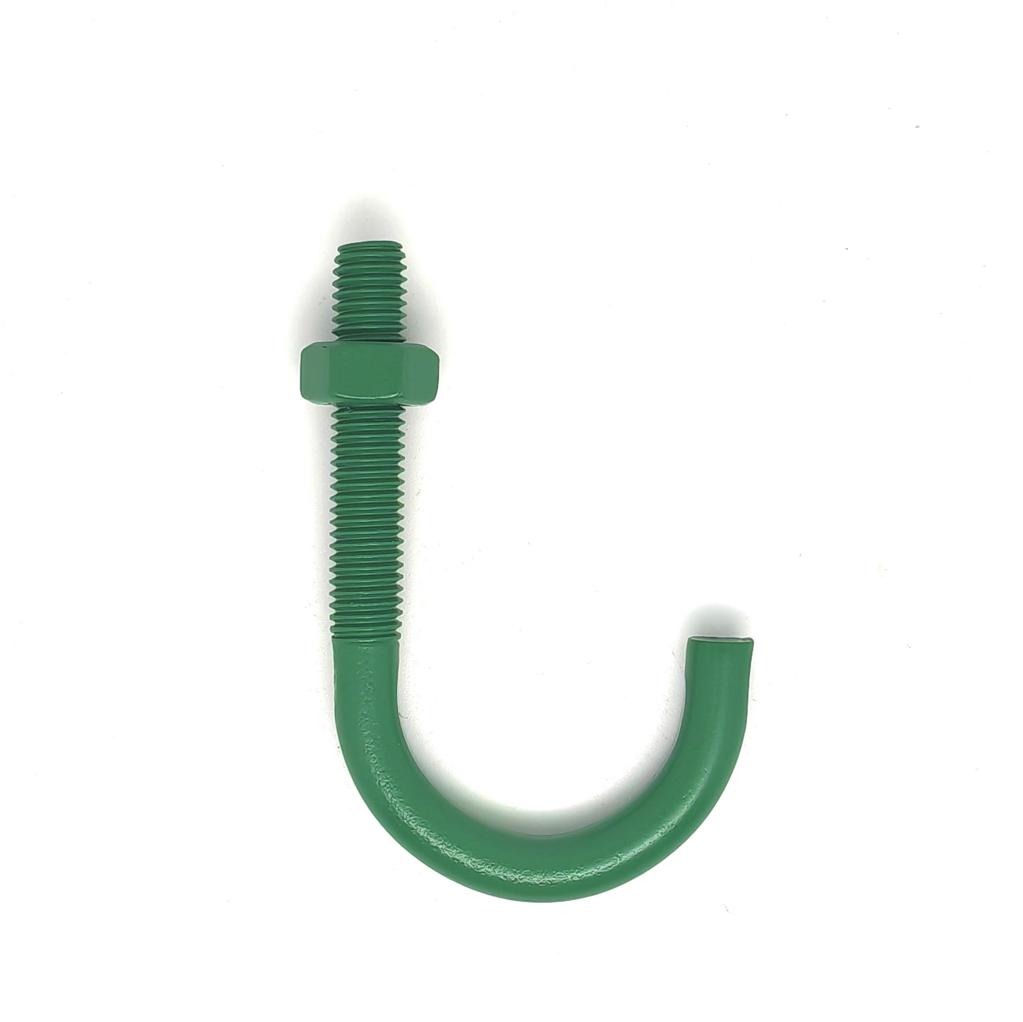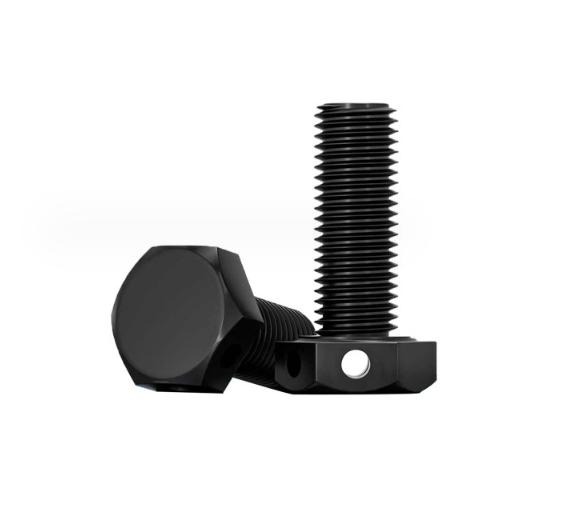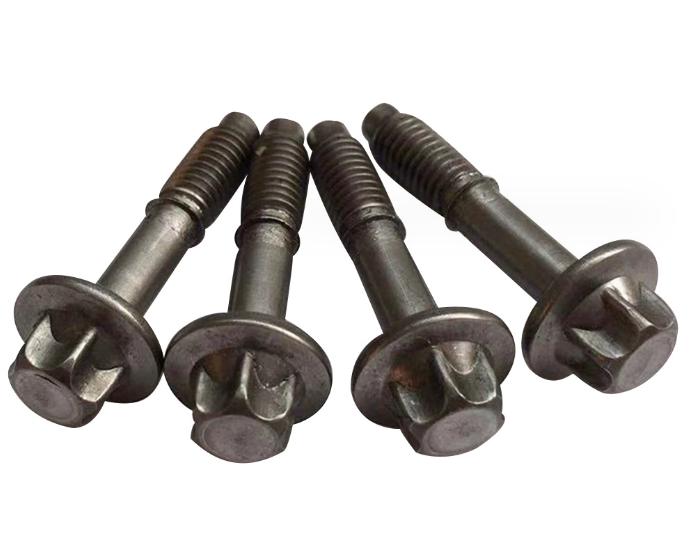Unlocking Bolt Fastening Principles
Bolt fastening is a process of connecting two or more components together through fasteners such as bolts and nuts. During this process, the bolt is subjected to a pre-tightening force, which generates a certain amount of compression force between the connecting components, thereby achieving a tightening effect. The main parameters involved in bolt tightening principle include pre-tightening force, friction coefficient, tightening torque, etc. The selection and control of these parameters are crucial for ensuring connection quality and safety.
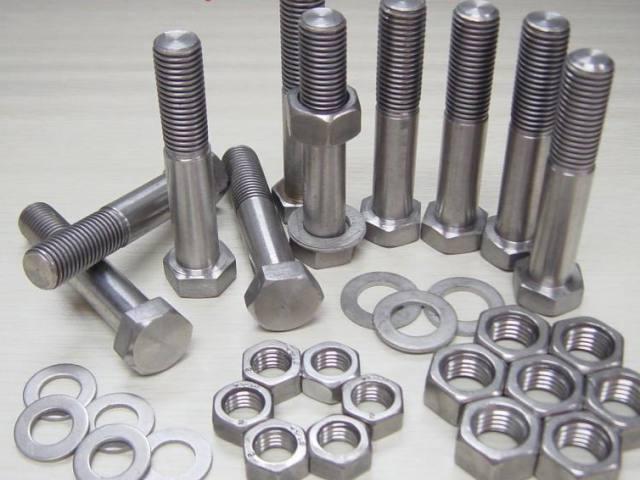
Key Parameters in Bolt Fastening
Several crucial parameters play a central role in achieving successful bolted joints. Here’s a breakdown of these factors:
1. Preload
Preload plays a fundamental role in bolt tightening. It is the force that is applied to the bolt during the tightening process, and it directly influences the compressive force between the connected components. If the preload is insufficient, the connection may become loose over time, leading to potential failures. On the other hand, excessive preload can cause the bolt to break or the connected components to become damaged. Therefore, it is crucial to apply the correct preload to ensure a reliable and secure connection.
Preload is typically achieved through the application of torque during the tightening process. The relationship between the applied torque and the resulting preload is affected by several factors, including the material properties of the bolt, the friction coefficient, and the dimensions of the bolt. Engineers must carefully consider these factors to determine the appropriate preload for a given application.
2. Friction Coefficient
The friction coefficient significantly affects the bolt tightening process. It determines the relationship between the applied torque and the resulting preload. A higher friction coefficient means that more torque is required to achieve the same preload, while a lower friction coefficient means that less torque is needed. The friction coefficient is influenced by several factors, including the roughness of the contact surfaces, the presence of lubrication, and the material properties of the bolt and nut.
Accurate control of the friction coefficient is essential for achieving the desired preload. Engineers must consider the effects of surface treatments, lubrication, and other factors that influence the friction coefficient. By understanding and controlling these factors, they can predict and manage the preload more accurately, ensuring a reliable and secure connection.
3. Tightening Torque
Tightening torque is the torque applied to the bolt during the tightening process. There is a specific relationship between the applied torque and the resulting preload. Proper determination of tightening torque is essential for effective preload control. The appropriate tightening torque depends on several factors, including the specifications of the bolt, the material properties, and the requirements of the connected components.
To determine the correct tightening torque, engineers must consider the following factors:
- Bolt Specifications: The size, thread pitch, and material of the bolt affect the required tightening torque.
- Material Properties: The strength and elasticity of the bolt material influence the preload achieved for a given torque.
- Connection Requirements: The desired preload and the operational conditions of the connected components determine the appropriate tightening torque.
By considering these factors, engineers can determine the appropriate tightening torque to achieve the desired preload, ensuring a reliable and secure connection.
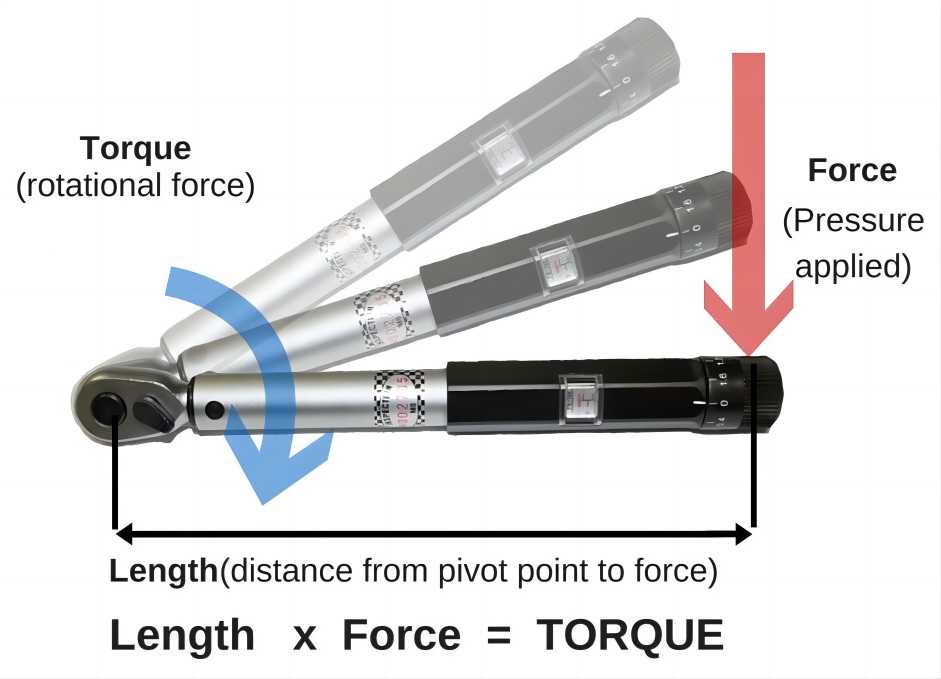
Practical Applications of Bolt Fastening
Putting theory into practice requires a combination of proper fastener selection, a well-defined tightening sequence, and the use of appropriate tools. Here are some key considerations:
- Selecting the Right Fasteners: Choosing the appropriate bolts and nuts is crucial for a secure joint. Factors to consider include the material properties of the connected parts, the size of the bolts, and the environmental conditions the joint will be exposed to. The bolts must have sufficient strength to withstand the anticipated loads without breaking, and they should also possess adequate corrosion resistance for the specific application.
- Controlling the Tightening Sequence: When dealing with multiple bolts in a single joint, a defined tightening sequence is essential to ensure even load distribution and prevent localized stress concentrations. Common approaches include the “cross-symmetric” pattern, where bolts are tightened diagonally in an alternating fashion, or the “gradual uniform” method, where bolts are tightened progressively in a circular pattern from the center outwards.
- Utilizing Torque Control Tools: Torque wrenches are valuable tools for ensuring accurate and consistent bolt tightening. These tools allow for the measurement and control of the applied torque, providing a reliable way to achieve the desired preload. Modern torque wrenches often come with digital displays for precise readings and may even incorporate features like audible or visual alerts to indicate when the target torque has been reached.
- Regular Inspection and Maintenance: Bolted joints are not immune to wear and tear. Regular inspections are necessary to identify any loose or damaged bolts. Loose bolts should be re-tightened to the proper specification, while damaged bolts should be replaced promptly to prevent potential joint failure.
Latest Developments in Bolt Tightening Technology
The field of bolt tightening technology is continually evolving, incorporating advancements from various disciplines and embracing new technologies. Here are some noteworthy trends:
- Multidisciplinary Approach: Modern bolt tightening technology goes beyond traditional mechanical principles. It now incorporates knowledge from material science, tribology (the study of friction, wear, and lubrication), and other related fields. This comprehensive approach helps optimize fastener selection, understand the behavior of bolted joints under various conditions, and develop improved tightening procedures.
- SunTorque Intelligent Torque System: This innovative system exemplifies the integration of advanced technology into bolt tightening. SunTorque utilizes precise control of both torque and angle during the tightening process. This allows for a more accurate and consistent achievement of the desired preload, leading to enhanced reliability and safety of bolted connections.
- Quality Control and Inspection: The growing emphasis on quality control ensures consistent and reliable bolted joints. Implementing robust quality control systems throughout the assembly process is vital. This includes procedures for verifying fastener properties, monitoring tightening parameters, and conducting rigorous final inspections of the completed connections.
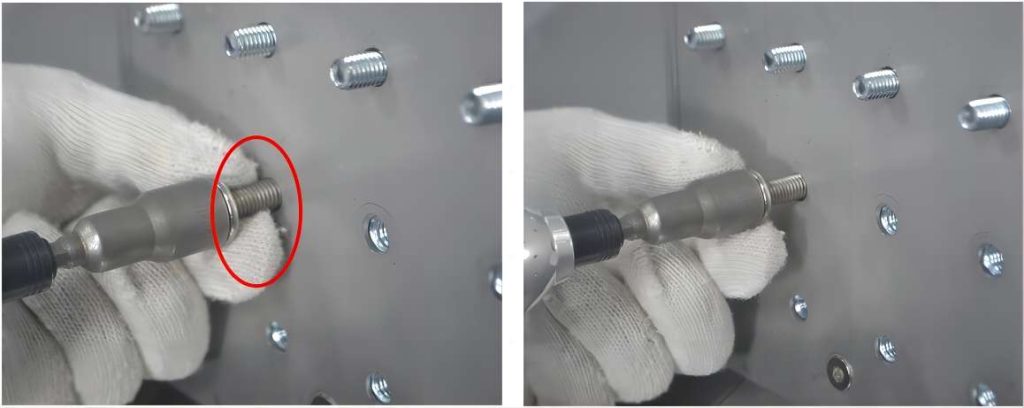
Conclusion
Bolt tightening technology plays a critical role in the safe and reliable operation of countless machines and structures. Precise control over key parameters like preload, friction coefficient, and tightening torque, along with the use of appropriate tools and techniques, is essential for achieving secure and enduring bolted connections.

